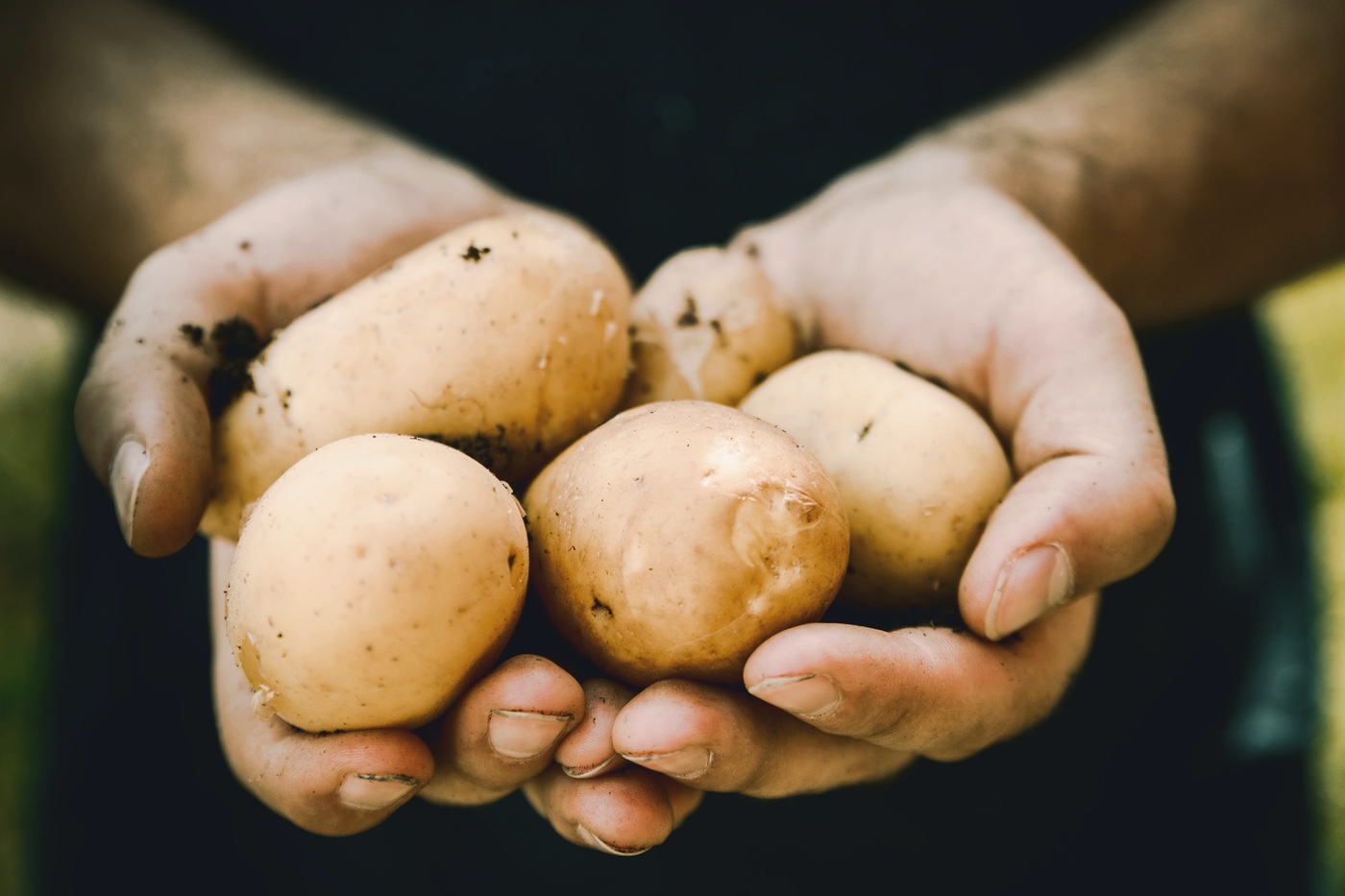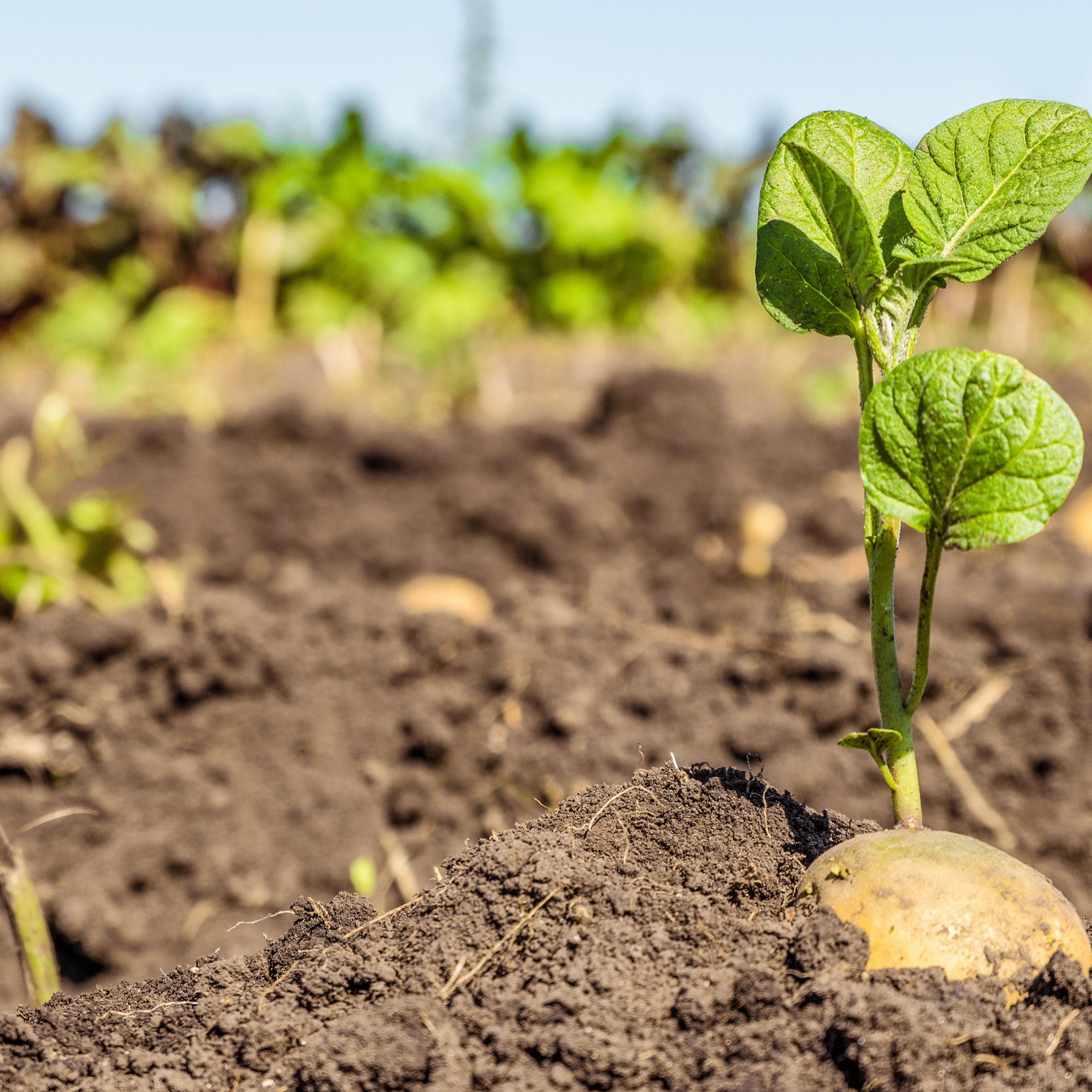Russians have been advised to think about crop protection

Due to the warm winter, Russian farmers may face an increase in the number of plant diseases and the invasion of pests; crops that may suffer in the first place are nightshade family (potatoes, eggplants, tomatoes, peppers), as well as fruit and berries because of the Colorado potato beetle, ticks and weevil.
Traditionally, gardens and cultivation areas are treated against pests and various infections in the autumn, then in April, at the beginning of growth. Increasing the dose of pesticides to fight against pests that survived after the winter will not be a cure-all solution: it is also important to use drugs that boost plant immunity.
“If these higher temperatures persist until the resumption of crop growth, we can expect mass reproduction of pests and the spread of diseases. Therefore, in the observed setting, we have to pay more careful attention to treating crops against pests and diseases,” said Elena Dronova, associate professor at the Moscow Timiryazev Agricultural Academy.
Perhaps the situation will improve with the cooling, but the weather should be fairly frosty, “Preferably more than 10 degrees below zero,” she added.
According to the materials of the Russian Agricultural Center, potato pesticide treatment in 2020 is projected on an area of 900,950 hectares (857,580 hectares were treated in 2019), including treatment from the Colorado potato beetle on an area of 249,380 hectares. Treatment of fruit crops against pests and diseases is planned on an area of 755,560 ha (782,510 ha a year earlier), against locust pests on 426,980 ha (371,050 ha in 2019).
Olga Voronova, an expert at the Union of Russian Gardeners, considers the use of various immunostimulants to be a more rational approach in this situation. She also recommends using microbiological agents at the same time which stimulate plants to “require” necessary substances from the soil, thereby adjusting to its bacterial content that has changed after the warm winter. These drugs are acceptable both on non-commercial and industrial scale.
“And only afterwards, as the situation demands, traditional drugs can be used if there is no effect. But then they will be less needed, especially since all this is not quite good for agriculture in terms of ecology. For example, many are accustomed to copper sulfate, but it is weak, so it has to be used every week. And what you need to do necessarily here is to strengthen immunity. Often this is not done, especially among gardeners. But this is a must,” she said.
As for natural soil fertilizers, Olga Voronova recommends using humus and staying away from fresh manure because loads of gryllotalpas, may-bugs, and other root crop pests pass the winter there. “Of course, you need to keep agents to protect against gryllotalpas in the way, but this year I’d rather not take fresh organics.”
An agronomist of the Tulskaya Yagoda farm Elena Kazakova says that climate change trends have a negative impact on plant development, progression of pests and diseases.
“Plants need to be physically tough enough to actively and timely enter the vegetation phase in the spring and to grow and give a good harvest in the summer. And if the bodies spend reserve substances during the long autumn-winter period, they have nowhere to take them in the spring. Plant weakness, depression will result in illnesses and retarded development, which will significantly affect the quality and quantity of the crop or, in the worst scenario, there will be no crop at all,” she noted.
In Elena Kazakova’s opinion, in berry growing there are a number of activities aimed at detecting pests and combating them. In particular, planting material must be healthy and resistant to pathogens, it is required to constantly monitor the state of plantings along with removing and burning damaged and drying plants, fallen leaves and cut shoots. A balanced diet is the key to plant sustainability; thickened plantings and weeds are risk factors. The soil under the bushes needs to be dug over again in the autumn and early spring, while the root zone should be mulched with peat.



